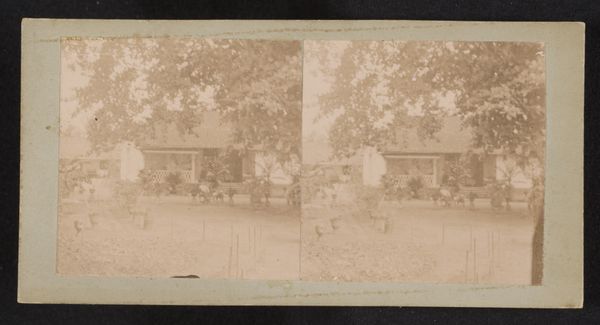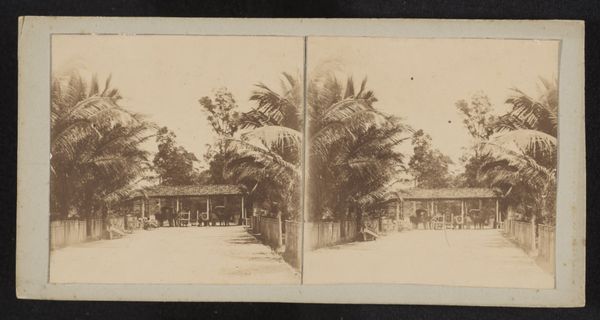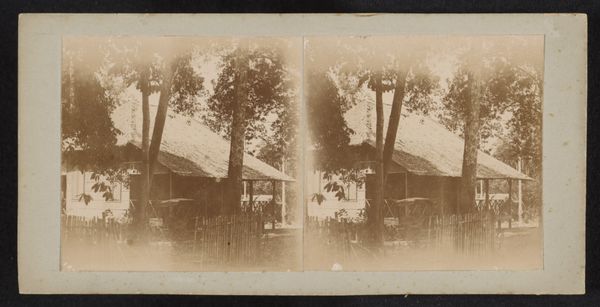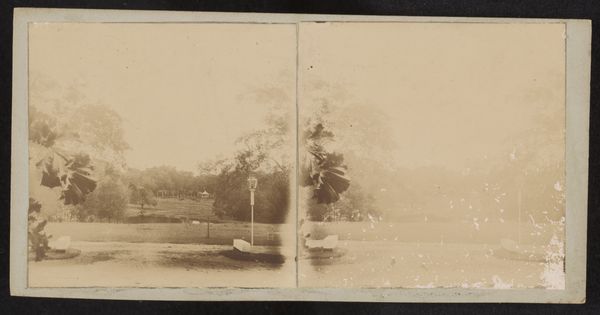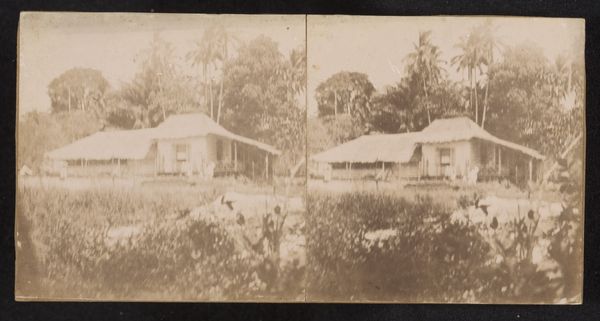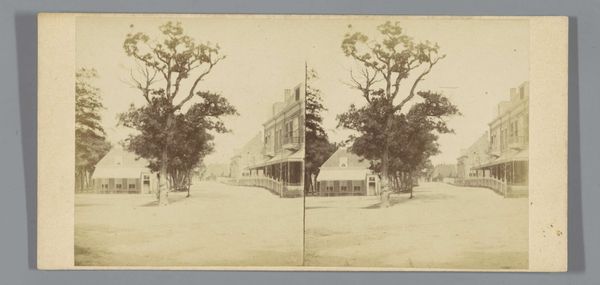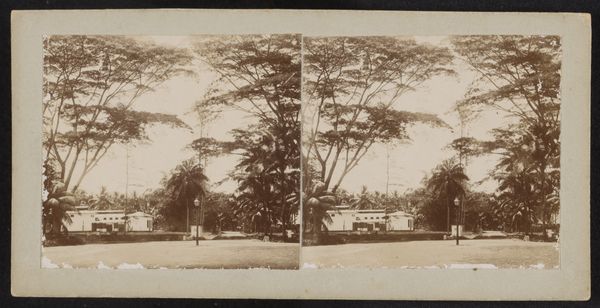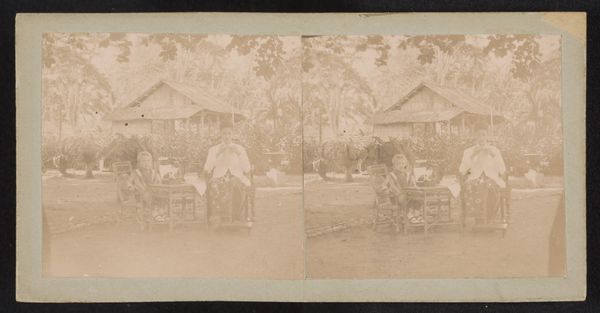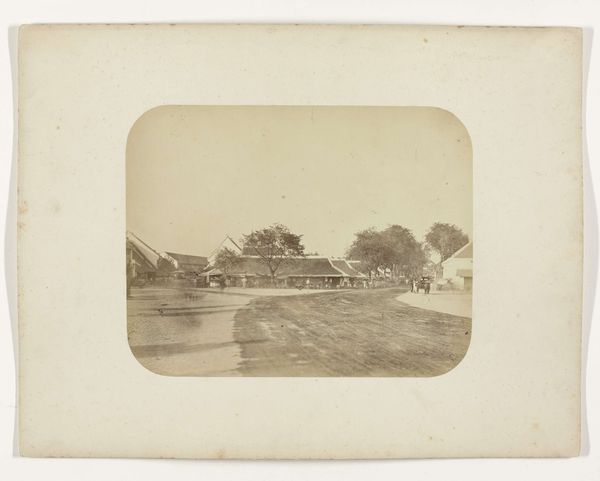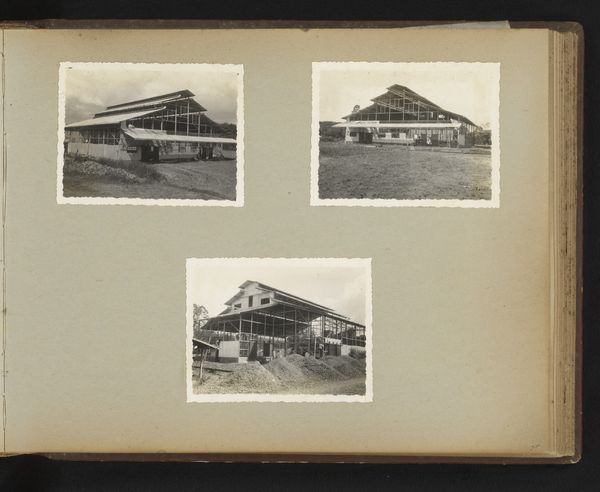
photography, gelatin-silver-print, architecture
#
landscape
#
photography
#
orientalism
#
gelatin-silver-print
#
architecture
Dimensions: height 80 mm, width 84 mm, height 88 mm, width 178 mm
Copyright: Rijks Museum: Open Domain
Editor: This gelatin-silver print, "Ziekenhuis te Soengeiliat," dating roughly from 1900 to 1922, attributed to Robert Julius Boers and housed in the Rijksmuseum, depicts what seems to be a hospital scene. I find the repetition of architectural forms almost unsettling. What are your initial thoughts? Curator: Considering the colonial context, the materials and their arrangement speak volumes. The repetitive architecture you noted hints at systematization – the application of a colonial structure onto an indigenous landscape, perhaps? Note how photography as a medium itself became a tool of documentation and control, standardizing a view of the ‘Orient’ for consumption. What's the implication of using readily available materials versus those sourced locally, would you say? Editor: It suggests an imposition of external values and economies, doesn't it? Using European-imported materials would undermine local crafts and resources. Is this how Orientalism manifests in a tangible form, then? Curator: Precisely. And the gelatin-silver print itself—a technology developed and disseminated within a specific economic framework— played a part in shaping and perpetuating the colonial gaze. Reflect also upon how images such as this one influenced social hierarchies. It's about power manifested through materials, labor, and representation. Does it make you rethink our definition of "landscape"? Editor: It challenges it entirely. I had initially seen this as simply a scene, a picturesque hospital. But framing it as a product of material processes and colonial power relations gives it a far more critical significance. Curator: Agreed. Examining the materials and their deployment forces us to confront the structures of power that underpinned the image’s creation and dissemination, moving beyond mere aesthetic appreciation. Editor: This definitely shifts how I’ll be looking at photographs from now on! Thanks for pointing out that connection.
Comments
No comments
Be the first to comment and join the conversation on the ultimate creative platform.
